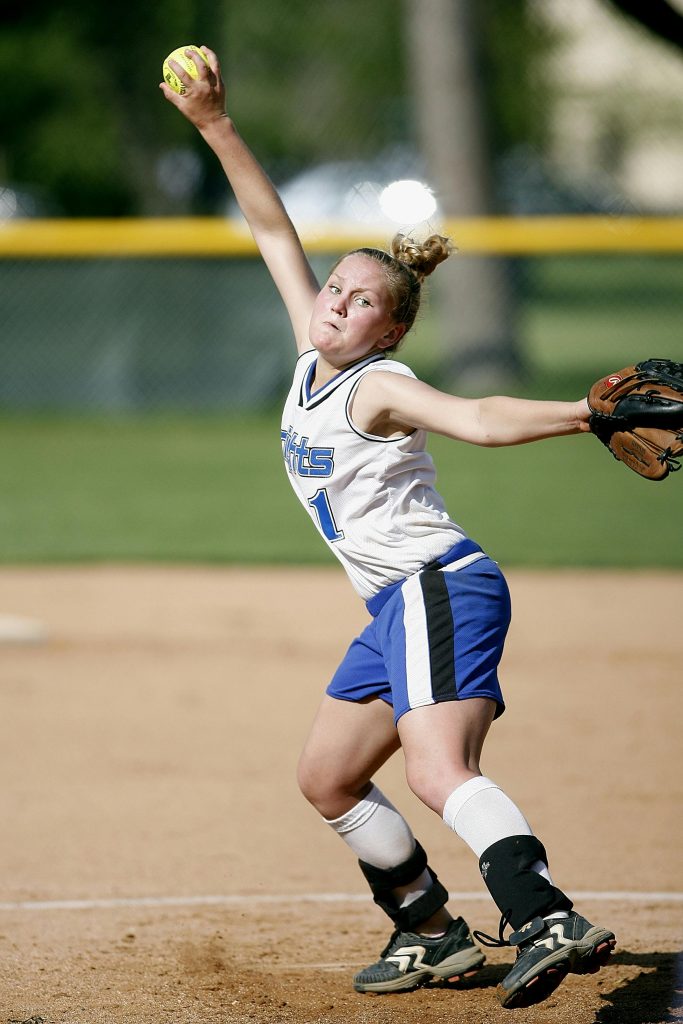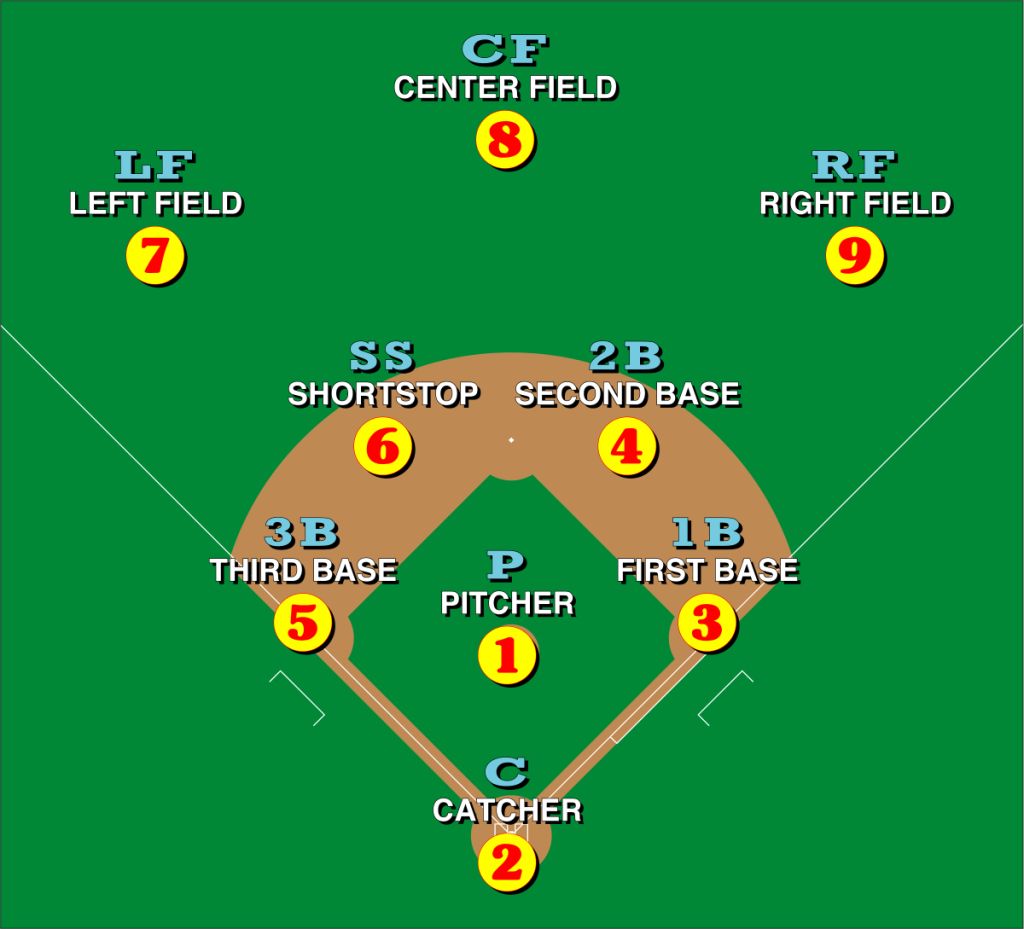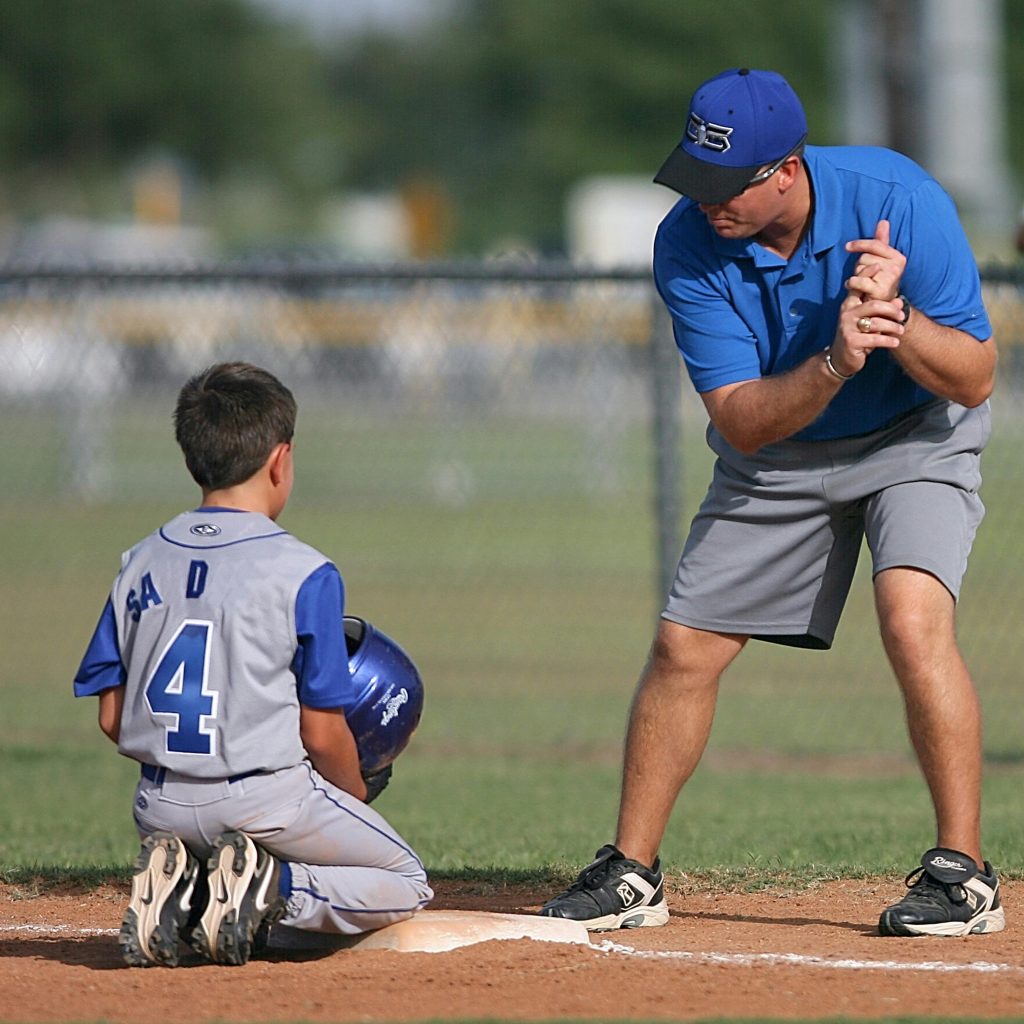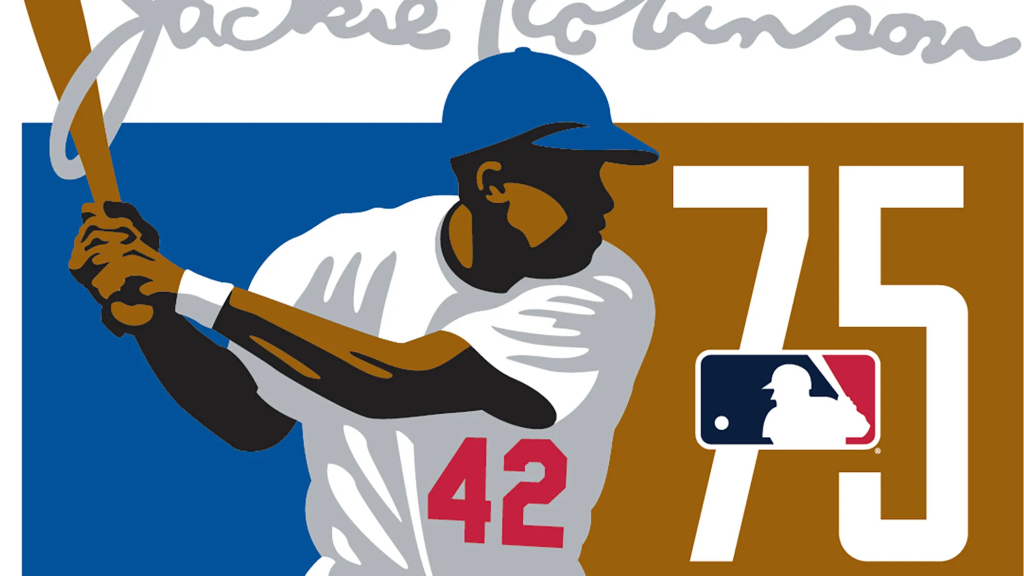Introduction
Baseball, often referred to as America’s pastime, is a sport rich with tradition and history, weaving a complex tapestry of strategy and skill. This game, celebrated for its blend of tactical prowess and athletic ability, has captivated fans for over a century. This guide is designed to provide beginners with a profound understanding of baseball’s basic rules, its deeper strategic elements, and the cultural significance that elevates it beyond just a sport.
Historical Context
Originating in the early 19th century, baseball evolved from older bat-and-ball games like cricket and rounders. It quickly became entrenched in American culture, symbolizing the American spirit and the nation’s love for competitive sports. The formation of the first professional baseball league in 1871 marked a new era for the sport, leading to the development of Major League Baseball (MLB) as we know it today.
The Field and Its Dimensions
The game is played on a unique diamond-shaped field, consisting of four bases laid out in a square, each 90 feet apart, with a corner of the square pointed home. Understanding the field is crucial as it affects play and strategy.
Key Components of the Baseball Field:
- Home Plate: The starting and scoring point of the game.
- Bases: First base, second base, third base, and home plate.
- Pitcher’s Mound: Located in the center of the diamond, where the pitcher stands to throw the ball towards home plate.
- Outfield: The area beyond the infield, divided into left field, center field, and right field.

Core Player Roles
Each team consists of nine players who each take turns playing offense (batting) and defense (fielding).
Defensive Positions:
- Pitcher: Throws the baseball from the pitcher’s mound aiming to get batters out.
- Catcher: Positioned behind home plate, catching pitches and strategizing game plays.
- First Baseman, Second Baseman, Third Baseman, Shortstop: Infielders responsible for defending ground balls, catching fly balls, and making outs on base.
- Left Fielder, Center Fielder, Right Fielder: Outfielders tasked with catching hit balls that surpass the infield and backing up infield plays.

Offensive Roles:
- Batter: The player who attempts to hit the baseball pitched by the opponent’s pitcher.
Detailed Rules of Play
Baseball is structured around innings; each game typically consists of nine innings, with each inning divided into a top (visitor team bats) and a bottom (home team bats) half.
Batting and Base Running:
- Batting Order: Each team has a set batting order that must be followed throughout the game. The order of batters is strategic, influencing the team’s scoring potential.
- Base Running: After hitting the ball, the batter becomes a runner trying to advance to as many bases as possible without being tagged out.
The Pitching Process:
- Pitch Types: Includes fastballs, curveballs, sliders, and changeups, each with specific movements designed to challenge the batter.
- Balks: Illegal motions by the pitcher that can allow runners to advance bases.
Scoring Runs:
- Runs: A run is scored when a player legally advances around the bases and returns to home plate.
- RBI (Runs Batted In): Measures the number of runs a player directly causes to be scored through their actions at bat.
Making Outs:
- Strikeouts: Occur when a batter receives three strikes from the pitcher.
- Flyouts: When a batter hits a ball into the air and it is caught by a fielder before touching the ground.
- Groundouts: When the ball is hit on the ground and the fielder throws it to first base (or another base if applicable) before the runner arrives.
Advanced Gameplay Strategies
Strategic Decisions:
- Stealing Bases: Runners may attempt to advance to the next base while the pitcher is preparing or executing a pitch.
- Sacrifice Plays: Batters purposely make an out to advance runners on base.
- Pinch Hitters/Runners: Players substituted in specific situations to bat or run based on their skill sets.

Complex Game Situations and Rules
Detailed Pitching and Batting Interactions:
- Count: Refers to the number of balls and strikes on a batter. A strategic element as different counts suggest different pitches.
- Full Count: A critical moment with three balls and two strikes, where the next pitch can lead to a walk or a strikeout.
- Hit by Pitch (HBP): Occurs when a pitch strikes the batter, who then takes first base.
Specific Types of Hits:
- Bunt: A batting technique where the batter loosely holds the baseball bat in front of home plate to tap the ball lightly into play, often used to advance base runners.
- Grounder: A ball hit along the ground that can be tricky for infielders to handle.
- Line Drive: A fast-moving hit that travels in a straight line from the bat, hard to catch.

Base Running and Fielding Complexities:
- Tag Plays: Occur when a fielder touches a base runner with the ball or glove holding the ball to make an out.
- Force Plays: Happen when the runner has to advance to the next base because the bases behind them are occupied.
Advanced Defensive Strategies
Defensive play in baseball is not just about fielding positions; it’s about anticipating the batter’s moves and strategically positioning fielders.
Defensive Shifts:
- Infield Shift: Adjusting the positions of the infielders based on the batter’s hitting tendencies.
- Outfield Shift: Similar adjustments in the outfield, often used for power hitters likely to hit long balls.

Defensive strategies
Double Plays and Triple Plays:
- Double Play: Often called the pitcher’s best friend, this is a play where two outs are recorded in one continuous action.
- Triple Play: Extremely rare, involving three outs in one continuous sequence, without the defensive team returning the ball to the pitcher.
Baseball Lore and Legendary Moments
The history of baseball is filled with dramatic moments and iconic figures that have transcended the sport.
Memorable Events:
- Babe Ruth’s Called Shot: In the 1932 World Series, Babe Ruth allegedly pointed to the center field bleachers during an at-bat and then hit a home run to that spot.

- The Shot Heard ‘Round the World: Bobby Thomson’s famous home run in 1951 that won the National League pennant for the New York Giants.
Impactful Players:
- Jackie Robinson: Broke Major League Baseball’s color barrier in 1947, becoming a powerful symbol of racial integration.

- Hank Aaron: Surpassed Babe Ruth’s home run record under immense racial pressure, finishing with a career total of 755 home runs.
The Cultural Tapestry of Baseball
Baseball is more than a game; it’s a cultural phenomenon that reflects and shapes societal trends.
Baseball in Literature and Film:
- Literature: Works like Bernard Malamud’s “The Natural” or W.P. Kinsella’s “Shoeless Joe” (adapted into the film “Field of Dreams”) explore deeper themes of redemption and fantasy in baseball.
- Film: Movies such as “Bull Durham” and “Moneyball” have depicted the personal and analytical facets of baseball, influencing popular perceptions of the sport.
Global Expansion:
- International Growth: Countries like Japan, South Korea, and the Dominican Republic have embraced baseball, each adding unique contributions to the sport.
- World Baseball Classic: A tournament featuring international teams, promoting baseball on a global stage.

This comprehensive guide aims to equip beginners with a rich understanding of baseball, from its fundamental aspects to the complexities and cultural nuances that make it a revered and enduring sport. As you grow in your appreciation of baseball, you may find yourself not just following the game but living with it, sharing in its triumphs and histories. Baseball is a journey of continuous discovery, with each game offering a new chapter in an ongoing saga of athletic prowess and strategic depth. Whether you’re watching a local game or tuning into the World Series, baseball offers endless opportunities to enjoy and explore its multifaceted nature.
For enthusiasts eager to showcase their passion, personalized jerseys offer a unique way to connect with the game. Whether you're drawn to the classic appeal of your favorite team, aspire to carry the name of top players, or have a custom design in mind, explore your options at www.coolcustomjerseys.com. Step up to the plate and express your baseball loyalty in your own style!


